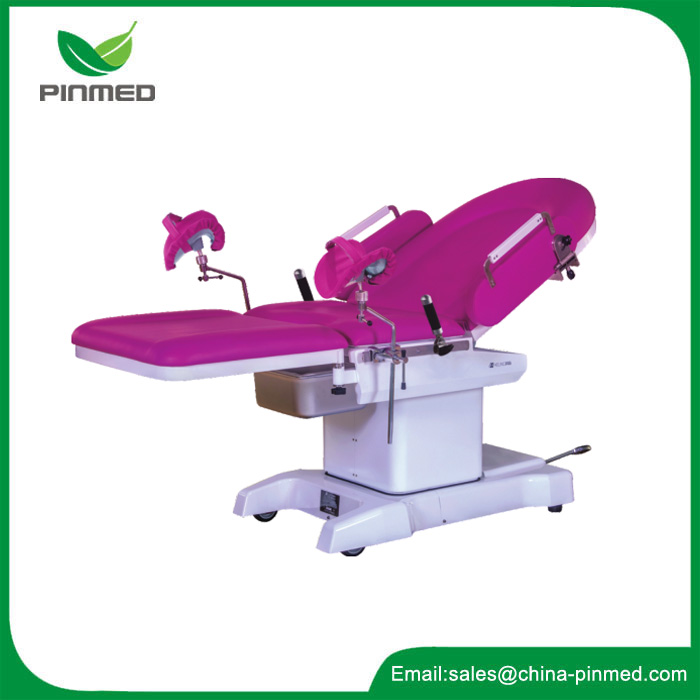Here are key features and characteristics of obstetric tables
2023-12-27
An obstetric table, also known as a delivery bed or birthing table, is a specialized medical table designed for use during childbirth or obstetric procedures. These tables are equipped with features and adjustments that facilitate various birthing positions and provide medical professionals with access to the mother during labor and delivery. Obstetric tables are a crucial piece of equipment in labor and delivery rooms and are designed to ensure the comfort and safety of both the mother and healthcare providers. Here are key features and characteristics of obstetric tables:
1. Adjustable Sections:
- Multiple Adjustments: Obstetric tables typically have adjustable sections, including the backrest, leg supports, and sometimes the height, allowing healthcare providers to configure the table to accommodate different birthing positions.
2. Stirrups:
- Stirrups for Leg Support: The table often includes stirrups or leg supports that can be adjusted to assist the mother in a lithotomy position, which is commonly used during childbirth.
3. Removable Leg Sections:
- Removable Sections for Access: Some obstetric tables have removable leg sections to provide additional access for healthcare professionals during delivery.
4. Padded Surface:
- Comfortable and Padded: The table's surface is typically padded for the comfort of the mother during labor and delivery.
5. Easy-to-Clean Materials:
- Hygienic Design: Obstetric tables are constructed with materials that are easy to clean and sanitize to maintain a hygienic environment.
6. Side Rails:
- Safety Rails: Many obstetric tables are equipped with side rails to provide support and safety for the mother during different birthing positions.
7. Mobility:
- Lockable Wheels: Some models have lockable wheels, allowing the table to be easily moved into position and then securely locked in place.
8. Height Adjustment (Optional):
- Adjustable Height: In some cases, obstetric tables come with height-adjustable features, providing flexibility for healthcare providers and facilitating ease of access.
9. Accessory Attachments:
- Attachment Points: Obstetric tables may have attachment points for additional accessories, such as fetal monitors, IV poles, or other medical equipment.
10. Weight Capacity:
- Robust Construction: Obstetric tables are designed to support the weight of the mother during labor and delivery, ensuring stability and safety.
11. Electrical or Manual Controls:
- Adjustment Mechanisms: Some obstetric tables feature electrical controls for easy adjustment, while others may have manual adjustment mechanisms.
12. Central Locking System (Optional):
- Centralized Locking: Certain models may have a central locking system that allows healthcare providers to lock and unlock multiple adjustments simultaneously.
13. Versatility:
- Adaptability for Various Procedures: Obstetric tables are versatile and may be used for other obstetric or gynecological procedures beyond childbirth.
14. Patient Transfer Features (Optional):
- Transfer Slide or Features: Some obstetric tables may have features that assist in the transfer of the mother to and from the bed.
Obstetric tables play a crucial role in providing a safe and comfortable environment for childbirth, and their design aims to support the medical team in delivering quality care. The specific features and configurations of obstetric tables can vary between different models and manufacturers. The choice of an obstetric table depends on factors such as hospital protocols, the preferences of healthcare providers, and the needs of the patient.



